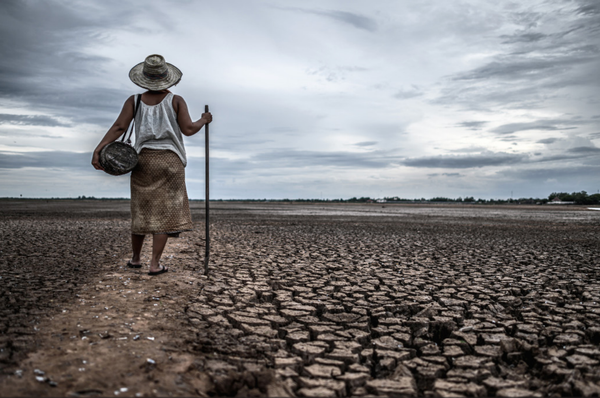How do nature-based solutions contribute to the sustainability puzzle?
Looking into the potential for nature-based solutions to enable not only net-zero but also nature-positive

In last week’s article, we covered the basics of the IPCC report and COP26. One of the main topics to be discussed at COP26 is nature-based solutions, defined by the IUCN as “actions to protect, sustainably manage, and restore natural and modified ecosystems that address societal challenges effectively and adaptively, simultaneously providing human wellbeing and biodiversity benefits”. This essentially means protecting nature as part of the global transition towards a more sustainable way of existing.
In recent years, there has been a lot of focus on carbon reduction and climate change when it comes to sustainability, but that doesn’t cover the whole picture. The United Nation’s 17 Sustainable Development Goals (SDGs) includes ‘climate action’ (Goal 13), whilst also covering ‘life below water' (Goal 14) and ‘life on land’ (Goal 15). These last two goals focus on the conservation, restoration and promotion of sustainable use of aquatic and terrestrial ecosystems. In fact, leaders of the G7 met in Cornwall earlier this year to discuss the state of our natural world and came up with the 2030 Nature Compact, from which a key conclusion was that “Global system-wide change is required: our world must not only become net-zero but also nature positive, for the benefit of both people and the planet, with a focus on promoting sustainable and inclusive development. Nature, and the biodiversity that underpins it, ultimately sustain our economies, livelihoods and well-being – our decisions must take into account the true value of the goods and services we derive from it. The lives and livelihoods of today’s youth and future generations rely on this.”
By looking into nature-based solutions that protect our ecosystems, we can find approaches that not only mitigate climate change but also enhance food security, economic development, biodiversity, soil health and more. A great example of this is regenerative agriculture. When it comes to providing enough food to support our growing global populations, there are many innovative technological solutions such as urban vertical farms, cell-cultured meat and AI-powered agricultural approaches, just to name a few; but if these solutions are ‘futuristic’, regenerative agriculture would be akin to reverting to old ways of farming.
Farms that practise regenerative agriculture adopt traditional methods of growing food that works with nature – not against it. There’s no prescriptive way to do this, but in practice, some common approaches include minimising chemical inputs into the soil, increasing the diversity of crops, reducing soil tillage, getting animals on land to encourage grazing and natural fertilisation of the land, using cover crops and recycling farm waste as compost. As a result, these farms end up with healthier soils, an abundance of wildlife, cleaner water systems and a piece of land that can effectively sequester carbon. It’s not just about farming in a way that doesn’t damage the ecosystem but extends further to benefit the environment.
Despite regenerative agriculture and other nature-based solutions having sound theoretical reasoning for implementation, many sceptics question whether nature-based solutions can be just as efficient or productive as the existing systems in place. Of course, there’s no guarantee that a farm that switches from growing a monoculture of corn by spraying tonnes of pesticide and fertilisers can immediately produce the same yield or more, right after switching to regenerative agriculture. But the whole point of nature-based solutions is shifting from short-term thinking and an emphasis on productivity alone to long-term sustainability and ecosystem protection. Even if the inherent value of sustainable practices isn’t incentivising enough, a recent study by the Soil Health Institute looking at 100 crop farmers in the US found that regenerative agriculture approaches of using cover crops and reducing tillage had profound economic benefits for farmers. They reported that net income grew by 85% of corn farmers and 88% of soybean farmers, who earned $51.60 and $44.89 per acre, respectively. Not to mention that 100% of the participants in this study found improved water quality, and 83% reduced their need for fertilisers. Studies like this that provide clear evidence of the business/economic case for nature-based solutions will be all the more crucial in the coming years for incentivising the adoption of sustainable, holistic practices.
On the topic of making the business case for nature-based solutions, in the corporate world, recent years have seen the rapid adoption of the TCFD (Taskforce on Climate-related Financial Disclosures) framework, which guides companies to think about the implications of climate change on their business as well as opportunities to mitigate these risks. Now, companies at the forefront of sustainable operations are beginning to consider the TNFD (Taskforce on Nature-related Financial Disclosures) framework, looking at the broader picture of how their businesses may be affected by the deteriorating natural world and how they can do their part to improve it.
The dialogue is finally extending from just carbon-focused conversations to looking at sustainability through a more holistic angle. Nature-based solutions will only become more important as we prepare for the COP26.









